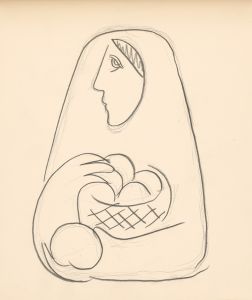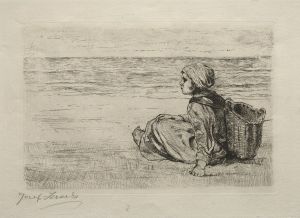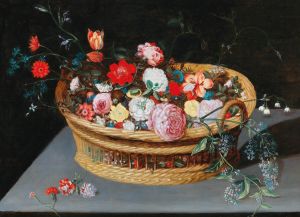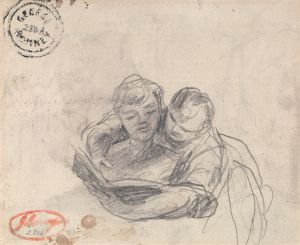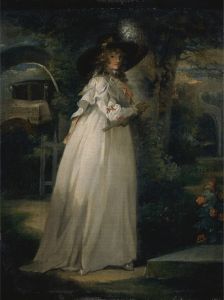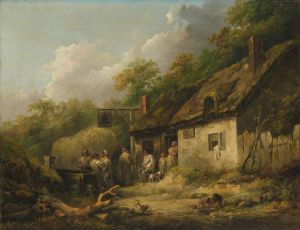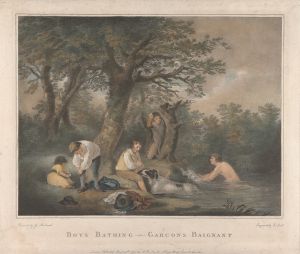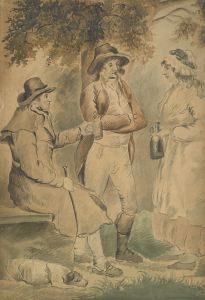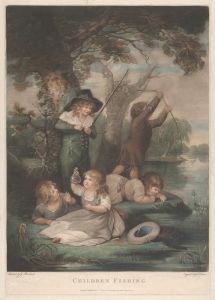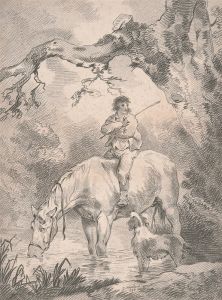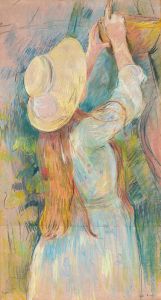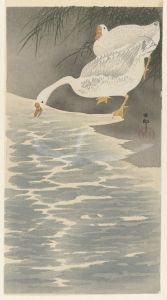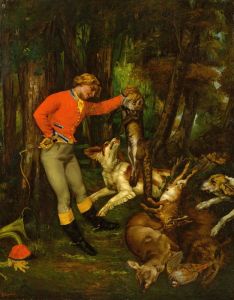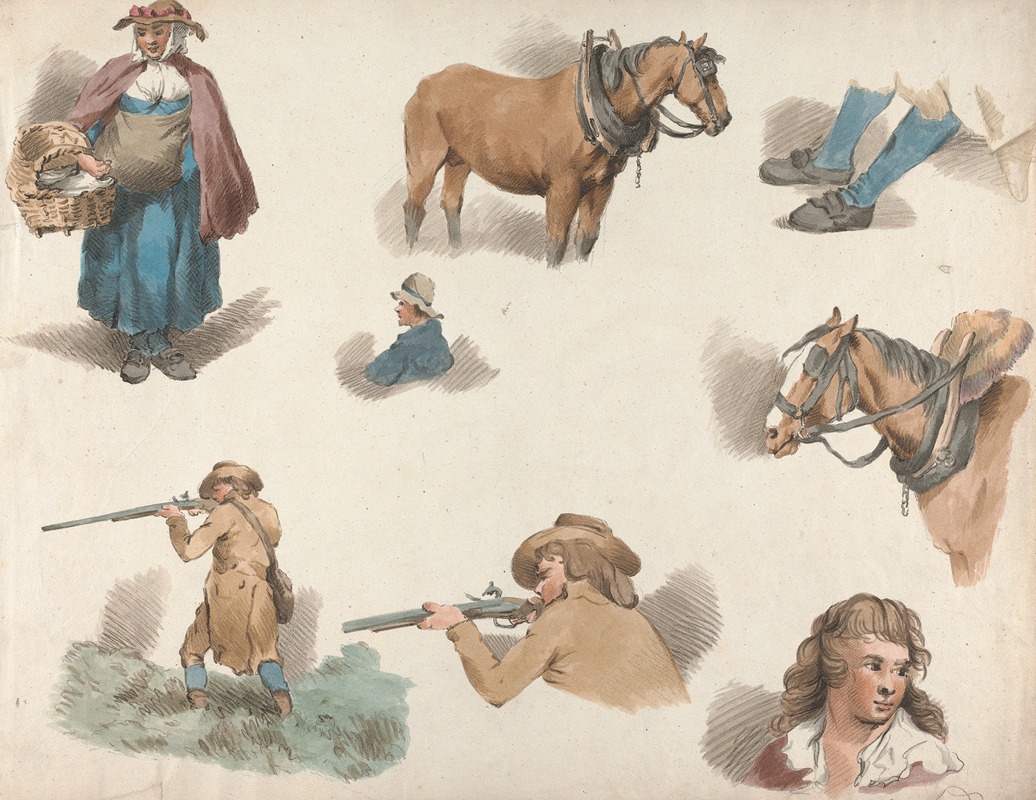
Eight studies; Woman with Basket, Blinkered Cart Horse, etc.
A hand-painted replica of George Morland’s masterpiece Eight studies; Woman with Basket, Blinkered Cart Horse, etc., meticulously crafted by professional artists to capture the true essence of the original. Each piece is created with museum-quality canvas and rare mineral pigments, carefully painted by experienced artists with delicate brushstrokes and rich, layered colors to perfectly recreate the texture of the original artwork. Unlike machine-printed reproductions, this hand-painted version brings the painting to life, infused with the artist’s emotions and skill in every stroke. Whether for personal collection or home decoration, it instantly elevates the artistic atmosphere of any space.
George Morland was a prominent British painter of the late 18th and early 19th centuries, known for his rustic and genre scenes that often depicted rural life and landscapes. His works are characterized by their lively depiction of everyday activities and the natural environment, often infused with a sense of warmth and humanity.
"Eight studies; Woman with Basket, Blinkered Cart Horse, etc." is a piece attributed to George Morland, reflecting his typical style and thematic interests. Morland's work often included studies of animals, particularly horses, and scenes of rural labor, which were popular subjects during his time. His ability to capture the essence of rural England and its inhabitants made his works highly sought after.
The title "Eight studies; Woman with Basket, Blinkered Cart Horse, etc." suggests that this piece is a collection of studies or sketches rather than a single, cohesive painting. This approach was not uncommon for Morland, who frequently created studies as part of his artistic process. These studies allowed him to explore different compositions, subjects, and techniques, which he would later incorporate into larger, more finished works.
The inclusion of a "Woman with Basket" and a "Blinkered Cart Horse" in the title indicates specific subjects that Morland might have focused on in this collection. Women carrying baskets were a common motif in Morland's work, symbolizing the daily life and labor of rural communities. Similarly, horses, especially those used for work such as cart horses, were a frequent subject in his paintings. The term "blinkered" refers to the use of blinders on horses, which are used to keep them focused on the path ahead and prevent them from being distracted by their surroundings. This detail highlights Morland's attention to the practical aspects of rural life and his ability to capture the nuances of his subjects.
Morland's work was deeply influenced by the social and economic conditions of his time. The late 18th century was a period of significant change in England, with the Industrial Revolution beginning to alter traditional rural life. Morland's paintings often reflect a nostalgic view of the countryside, capturing scenes that were becoming increasingly rare as urbanization spread. His ability to portray these scenes with authenticity and empathy resonated with audiences, making his work popular both during his lifetime and posthumously.
Despite his success, Morland's life was marked by personal struggles, including financial difficulties and issues with alcohol. These challenges often impacted his productivity and the quality of his work. Nevertheless, his contributions to British art remain significant, and his paintings continue to be appreciated for their charm and historical value.
In summary, "Eight studies; Woman with Basket, Blinkered Cart Horse, etc." exemplifies George Morland's focus on rural themes and his skill in capturing the essence of everyday life in 18th-century England. His work provides valuable insights into the social and cultural landscape of his time, making him an important figure in the history of British art.





